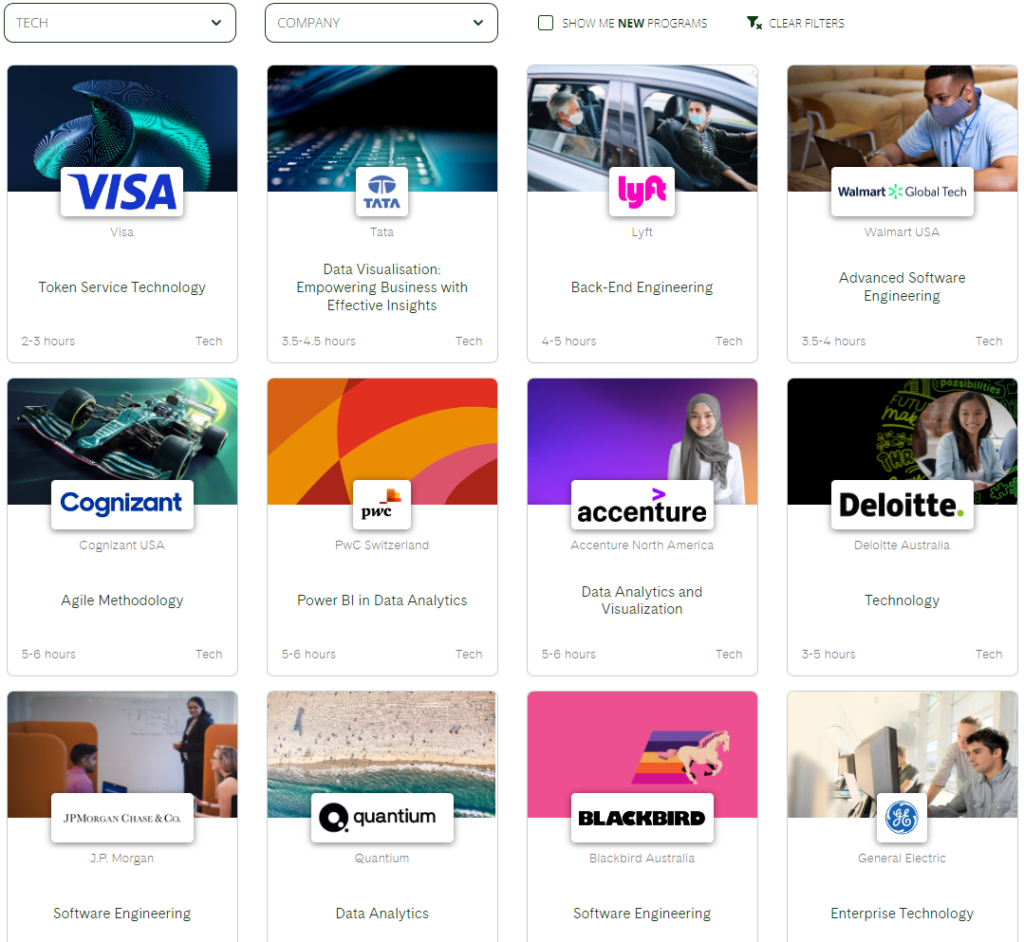:quality(90)/)
Returning from a year in industry to complete their current year at Newcastle University, we interviewed Finn Rea about their time with Roche. This is what they had to say:
Who did your industrial placement with?
A Swiss pharmaceutical company called Roche
What was your role?
Data scientist
Why did you do a placement?
Within the tech industry, I saw that experience seemed to be more valuable than qualifications. I really wanted to gain an edge when it came to applying for jobs at the end of my degree, so doing a placement was a must for me. I also want to take the opportunity to see what it was like to work in the healthcare industry and whether this was something I would want to pursue after university. It was also an opportunity to learn about the application process and how to find jobs.
When did you start applying and how many places did you apply for?
I started from the end of October to the end of December, but then university got busy, so I stopped applying for a while. Then I did most of my applying in February. I applied for 30 roles and after each application, I logged what stage I was at with that role in an excel sheet to help keep track of everything.
How was the application experience?
Initially, I found the process exceedingly difficult, not getting many responses or using a good interview technique while also trying to balance it with university studies. I knew that by reflecting and improving on my CV and gaining some interview practice through a couple interviews, I would be more likely to progress further with job applications and hopefully get a job.
I also didn’t take the first opportunity that came to me but waited to be able to pick from a couple of options.
What, if any, help did you get from the university when applying?
I attended a couple of CV writing sessions provided by the careers service. I did also take inspiration from and ask advice from the CVs of other students on my course, which was a massive help.
What work did you do over the course of your placement year?
I mostly worked on exploratory data science projects. Looking at the newest technologies and methodologies within data science. I also had the chance to talk at conferences about things explored at the company.
How was the overall experience of doing a placement?
I would strongly recommend to anyone to try and do a placement year. I gained a lot of experience and learnt a lot while there. I also got to see how a big company worked, and how it worked across multiple different time zones.
Would you like to go back to that company after your final year?
My company has offered to pay me to do a master’s apprenticeship at the company, something which I am planning to do.






